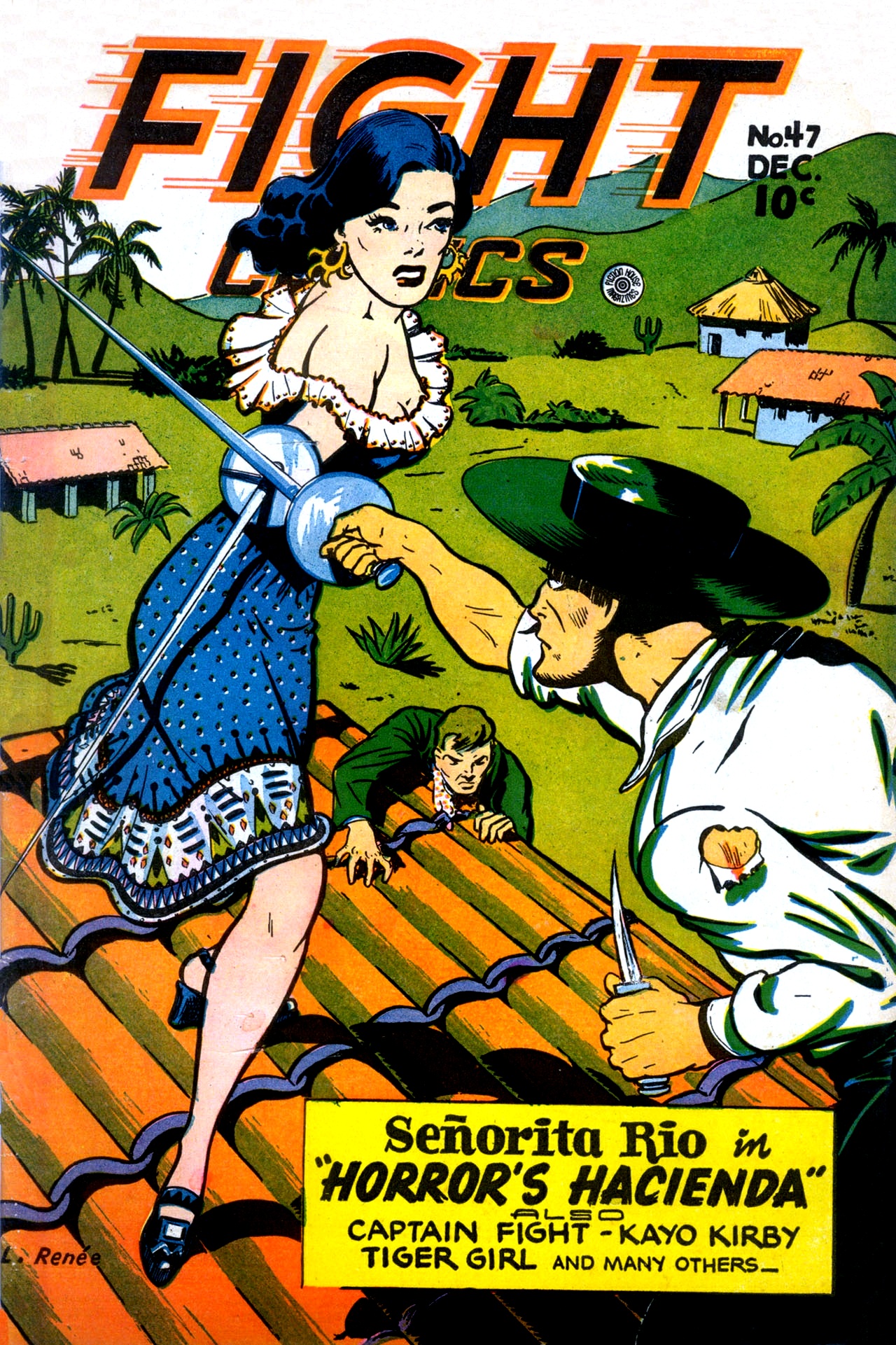March 10 - Today's post provided by Trina Robbins
 I phoned her -- she had a wonderful Viennese accent -- and shortly after that, went to
I phoned her -- she had a wonderful Viennese accent -- and shortly after that, went to New York England during the Blitz, of being accused of being an enemy alien, and finally being reunited with her parents who had escaped to America
ROLE MODELS
by Trina Robbins
I grew up without a role model. My mother, a second grade schoolteacher, taught me to read at the age of four, and I’m forever grateful to her for opening an entire world to me. Without what she did, I might not have become the writer I am. But I never wanted to be like her, struggling to support an invalid husband (my father had Parkinson’s Disease) and two ungrateful daughters on a teacher’s salary.
Growing up, I devoured Nancy Drew, and when I discovered comics I read every issue of Wonder Woman and Mary Marvel. Mary Marvel was a teenaged girl who could fly, and she was as strong as Superman. But I knew they weren’t real. Much as I’d have loved to be raised by Amazons or to utter a magic word that would give me super-powers, that wasn’t going to happen. Girls were supposed to grow up, marry, and have kids. I wanted more.
Soon, although I never abandoned Wonder Woman and Mary Marvel, I started adding more sophisticated comics to my pile. Many of them came from a unique comics publisher, Fiction House. At a time when too many female characters in comics were simply the hero’s girlfriend and existed only to be rescued from the bad guy, the women in Fiction House comics were strong and beautiful, and in command of their fate. They were war nurses, aviatrixes, counter-spies, girl detectives, jungle girls. They didn’t need a guy to rescue them. They had no super-powers and they didn’t need them. They showed me that an ordinary (well, maybe not that ordinary!) human woman could be powerful.
What I didn’t know at the time was that many of the artists who drew these strong, gorgeous women were women. And that the artist who drew my favorite of all the heroines, a dashing Brazilian counterspy named Senorita Rio, and who signed the stories “L. Renee”, was actually Lily Renee, the best of all the women who drew for Fiction House.
 |
| Cover of Fight Comics #47, published by Fiction House in December 1946. Art by Lily Renée |
Comic books had been a male-dominated industry from their beginnings, but during the war, as in every other industry, the young men who drew the comics enlisted or were drafted, and as in every other industry, women took their places. And Fiction House hired more women cartoonists than any of the other companies. Even after the war they kept the women on, until the company folded around 1954.
Fast forward about thirty years, and I’m a comics artist and writer, sick and tired of hearing from male editors that women never drew comics and girls never read them. So what had I been with my pile of comics, chopped liver? In 1985 I wrote my first history of women cartoonists, showing that women have been drawing comics since there were comics to draw, and that they were damn good at it. That was when my research uncovered the true gender of “L. Renee.”
As the years went by I wrote my second and my third history of women cartoonists. Some of the women I wrote about found my books, found themselves inside, and contacted me, and I had more to tell about them in the next book. I kept hoping Lily would show up. I had given up hope that she was still on this planet when, in 2005, I received an email from her granddaughter; she knew her grandmother had drawn comics, so she looked her name up on the internet, and kept coming up with my name! And Lily was still with us!
 I phoned her -- she had a wonderful Viennese accent -- and shortly after that, went to
I phoned her -- she had a wonderful Viennese accent -- and shortly after that, went to
Six years later, the graphic novel “Lily Renee, Escape Artist,” was written, drawn, and published, and I flew to New York
It’s a bit late, but I finally have a role model.
Editor's Note:
"Writer and feminist herstorian Trina Robbins has been writing books, comics, and graphic novels for over 30 years."














This sounds great! I will try to get a copy for my daughters!
ReplyDeletePragmaticMom
I recently discovered a love of graphic novels and have gathered some for my classroom. I'll be sure to pick up Lily Renee for my collection.
ReplyDelete